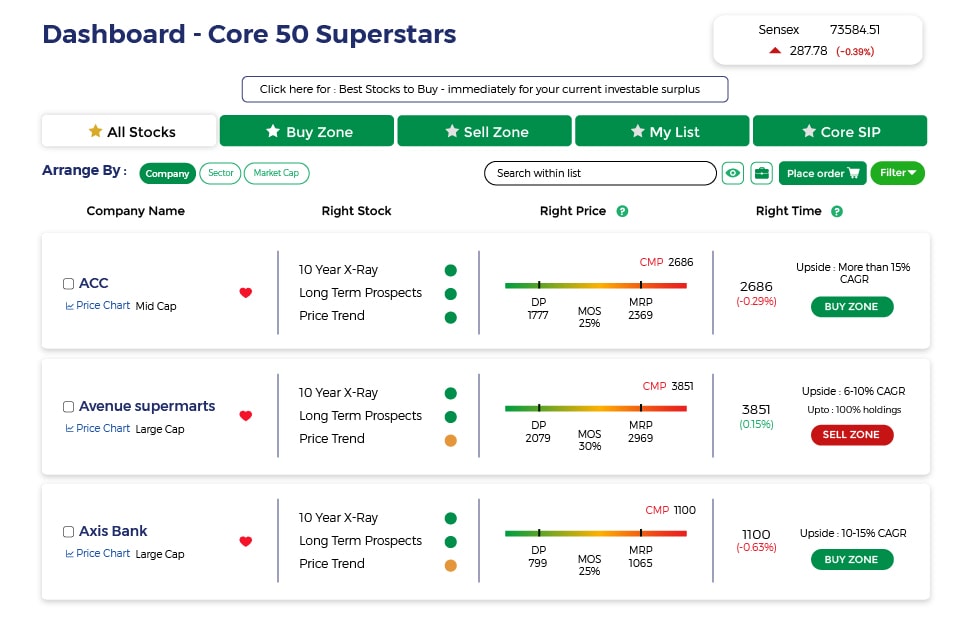The Banking, Financial Services, and Insurance (BFSI) sector in India is the largest in terms of market capitalization, comprising a substantial portion of the Nifty 50 index. It's highly probable one’s investment portfolio includes stocks from this sector. While this sector encompasses various industries, this discussion primarily focuses on Banks, owing to their significance in this sector.
Banks differ from other businesses by dealing with money as their primary raw material and product. Fundamentally, they borrow from various sources, including deposits and external borrowing, and lend at higher rates, the difference resulting in Net Interest Income (NII). Banks can also earn revenue by providing different services to clients which is clubbed as other income. Together, the NII and other income clubbed together give you the total income.
One key aspect to check is the source of funds for Banks. The first source is the bank’s equity, which is the money invested by its shareholders as well as the bank’s retained earnings. Unlike other companies though, banks borrow much more than their equity, called leverage. However, the leverage ratio and cost of borrowing vary significantly based on factors like loan types and customer segments. For example, a bank focussing on housing finance can have a leverage multiple of as high as 8-9x and given the relative safety in housing loans, the funds come at a lower cost. In case of small finance banks, the leverage ratio can be as low as 3-4x, given that the loans are unsecured, with the funds coming at a higher cost. High leverage, while advantageous in favourable conditions, amplifies risks during economic downturns. This is a main risk when investing in the banking sector.
This also means that banks have to live with some loan defaults. When the loan and interest payments are overdue for 90 days, the loan has to be reported as a Gross Non-performing asset and to take care of this, a provision has to be made in the books and the banks have to report the net Non-performing asset (NPAs which are GNPA less provision). Net NPA tells you how much of non-performing assets the bank has not yet made a provision for. Ideally, this net NPA number should be as low as possible.
So, in banks, you add the provisions, the expenses, and deduct the whole from total income to get profit before tax and after paying tax, you get net profit
Ultimately, investors gauge the investment-worthiness of Banks through key financial ratios like Return on Equity (ROE), which is a measure of efficiency. RoE simply stands for net profit divided by shareholder’s equity. If a bank is able to generate a RoE consistently above its cost of capital, then it is most likely to be a good quality bank.
Other financial parameters to look for are earnings per share, Book value per share, CASA (Current and savings account) and net interest margins (NIM). CASA is a very important source of low-cost funds for the banks and the higher the CASA, the better it is. Banks can grow their equity capital in two ways,
- Internal, where the bank earns profits and retains them to further lend them out and,
- External, where the bank raises borrows by raising fresh equity.
Now, in growing countries like India, where the need for capital is always higher, it is more practical for banks to raise equity capital and grow faster. To check how frequently this capital is being raised and at what valuation, one needs to check the growth in the Book Value per Share (BVPS), which tells how well the bank is adding value to its shareholders.
Net interest margins, when high, stable and expanding also signal a strong and sustainable performance.
The other things to see about a bank is the same as other stocks, like recent performance summary, Financial and quarterly summary, management X-ray, Graphs, News and Analyst Notes which will help in identifying high-quality Banks whilst helping you ignore the rest.
In India, there are quite a few banks in the country, which can be categorized mainly into three types, Public sector, Private sector and Small Finance Banks. The Public sector Banks are majorly owned and operated by the central government. They majorly comprise of Banks like State Bank of India, Canara Bank and Punjab National Bank, among others. In the past, PSU banks struggled a lot, due to poor governance and NPAs and as a result, shares of public sector banks dipped even below their book value. However, a turnaround is now being seen in public sector Banks, with their share prices rising significantly. How long will this continue, remains to be seen.
The Private sector banks mainly comprises of Industry heavyweights like HDFC Bank, ICICI Bank and Axis Bank. Private Bank share prices have rising tremendously over the past decade, given their focus on making profits
Small finance banks comprises mainly of Equitas Small Finance Bank, AU Small Finance Bank among others. Small finance banks differ from other banks in the way their business has to be done, as most of the loan book is lent to small borrowers, hence is risky and carries a higher cost of funding along with higher interest rates.
Unlock the "Core 50 Superstars" solution, covering a large portion of banking sector stocks. Invest smarter with us!
Already have an account? Log in
Want complete access
to this story?
Register Now For Free!
Also get more expert insights, QVPT ratings of 3500+ stocks, Stocks
Screener and much more on Registering.







 Download APP
Download APP




















Comment Your Thoughts: